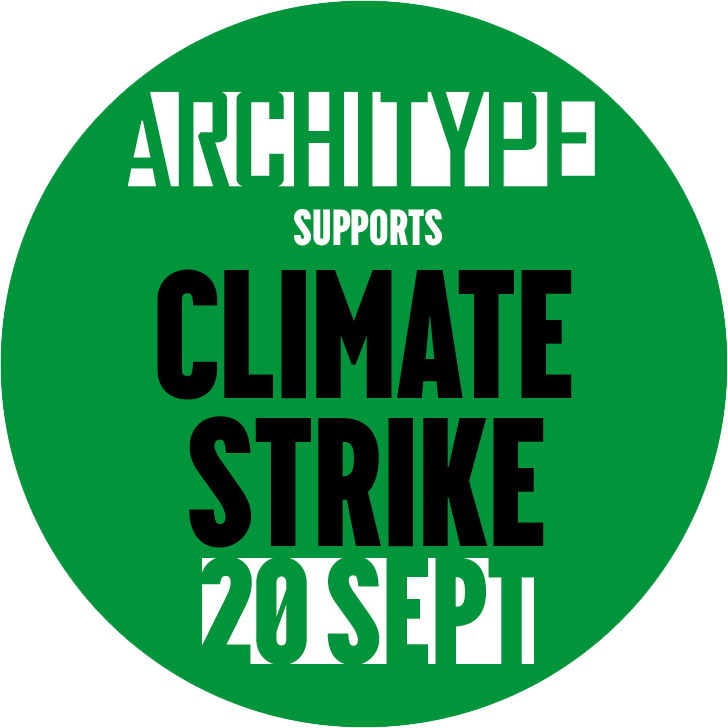Architype
Symposium Review – ‘Getting Things Done: Evolution of the built environment in Vorarlberg’
By Suzanna Kwong

Photos:©FotoAdolfBereuter für CukrowiczNachbaurArchitekten
Architype was at the ‘Getting Things Done’ symposium in Cardiff last week; an inspiring event hosted by Design Commission for Wales, with speakers from Dow Jones Architects, Proctor & Matthews Architects, Feilden Fowles and Cukrowicz Nachbaur, alongside Architype MD, Jonathan Hines.
Talks and discussions were complemented by a tour around a delightful exhibition on the architecture and craft of the Vorarlberg region in Austria, curated by architect Wolfgang Fiel.
The day presented a wonderful opportunity to revisit our motivations as architects, with a strong underpinning theme of ‘identity and architecture,’ how to embed architecture into the wider identity of the setting – be it Alpine mountains or a quaint English suburb. The symposium uncovered how architecture may continue and evolve that identity – through expressions such as materials or craft, and also placed emphasis on when to take a step back as designers and let the architecture express it’s own identity.
One project spoken about, which was particularly memorable for me, was a mountain chapel of remembrance by Cukrowicz Nachbaur architects in Austria.
The chapel is a small wooden room perched on the precipice of a mountain, constructed in solid timber, using the Brettstapel technique. In the room were three simple architectural ideas, working in synergy to create the internal space. Two seated alcoves were recessed into the back wall; above a bell hung in the wall above the door, the pendulum swing tracing the triangular space of the eaves. Towards the end of the room, the Brettstapel was interrupted with a piece glass to form a halo of light that encircled the chapel.
Each element of the Chapel balances simple and complex notions. The ideas and their cultural meanings hold complexity. The attention to craft and workmanship lent richness and quality. However, the architecture – the final culmination of architectural intent, tradition and clever design could have expected a crescendo, but turned out to be a whisper.
As architects, we often pride ourselves on our ‘communication’ skills, perhaps thinking of spoken eloquence and visual representation. I realise it also applies to the architectural product itself; the ultimate communication tool that continues to speak after we are gone. Similarly to a well-put turn of phrase or an effective diagram, we were reminded that successful architecture is able to say a lot with very little. The project’s architect, Cukrowicz noted ‘Have an architecture so simple that nothing more can be taken away’.
In a day talking about the identity of buildings, we are really talking about the identity of the people who designed, built and lived in and amongst them. When the architecture steps out of the spotlight, the human input and identity – the thinking, time and work invested comes to the forefront.

